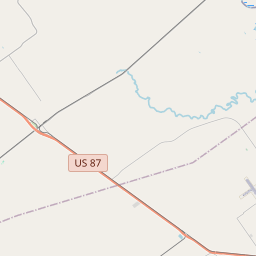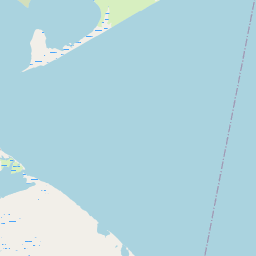Howard Gallemore Hartzog, Sr.
Historical marker location:












In the mid-twentieth century, Calhoun County was beginning an unprecedented period of growth. Howard G. Hartzog, Sr. was an active community leader who guided the county as a private citizen, county judge and as a state representative by diligently promoting growth and community spirit. Howard Gallemore Hartzog was born on April 11, 1901 in Tolosa, Texas to J.O. and Sybil Hartzog. He graduated from San Marcos Academy, attended southwest Texas Normal School (now Texas State University), obtained a bachelor's degree from Baylor University in 1926 and a law degree from George Washington University in Washington, D.C. in 1928. After a season of professional football with the New York Giants, he returned to Port Lavaca to practice law. In 1935, he married Anna Paul Allen (d. 1967) of Marlin and they had two children. In 1933, Howard was elected representative for the 69th district and, for fourteen years, he actively contributed to writing bills to benefit education, vehicle safety and water conservation. After he left the Texas House of Representatives in 1947, he served on the Calhoun County Independent School District board of trustees and served as the interim city attorney. In 1950, he ran for county judge and was elected for six consecutive terms, a total of seventeen years. During his tenure, many local programs and projects were completed, including the Lavaca Bay Causeway, Matagorda Ship Channel, a new library, airport and two major hospital expansions. As a community leader and member in numerous groups, Howard Hartzog devoted his life to service and worked tirelessly to promote growth, well-being and industry in Calhoun County. He died on May 18, 1968. (2013)
As one of the most visible programs of the Texas Historical Commission (THC), historical markers commemorate diverse topics in Texas history, including: the history and architecture of houses, commercial and public buildings, religious congregations, and military sites; events that changed the course of local and state history; and individuals who have made lasting contributions to the state, community organizations, and businesses.
The cattle industry played a significant role in the development of Texas, with cowboys driving cattle from Texas to railheads in Kansas during the late 1800s and early 1900s.
During the early 19th century, Calhoun County became a part of the Mexican state of Coahuila y Tejas. However, with the Texas Revolution in 1836, the region gained independence from Mexico and became a part of the Republic of Texas. The county was officially established in 1846 and was named after John C. Calhoun, a prominent statesman and U.S. Vice President.
The economy of Calhoun County has always been closely tied to agriculture, particularly rice and cotton farming. The presence of rich soil and a favorable climate made the region ideal for agricultural production. Later, after the construction of the Gulf Intracoastal Waterway in the early 20th century, the county's economy grew with the expansion of the fishing and shrimping industries.
One significant event in the county's history occurred in 1942 when the U.S. Army established the Matagorda Island Army Airfield. The airfield served as a training facility during World War II and trained thousands of pilots. Today, it is part of the Matagorda Island Wildlife Management Area and is a popular tourist destination.
Calhoun County's history is a testament to the resilience and adaptability of its people. The region continues to flourish, balancing its agricultural heritage with advancements in energy, tourism, and commerce, making it a vibrant and thriving community.
Calhoun County Timeline
This timeline provides a condensed summary of the historical journey of Calhoun County, Texas.
- 1832 - The area now known as Calhoun County is part of the Mexican territory of Coahuila y Tejas.
- 1836 - Texas gains independence from Mexico and Calhoun County is established as a separate entity.
- 1839 - The town of Indianola is founded and becomes a major port on the Texas coast.
- 1852 - Calhoun County is officially organized, with Indianola as its county seat.
- 1875 - A hurricane devastates Indianola, leading to the decline of the town as a major port.
- 1886 - Port Lavaca becomes the new county seat of Calhoun County.
- 1931 - The Discovery Well is drilled, leading to the discovery of oil in Calhoun County.
- 1945 - The Calhoun County Navigation District is created to oversee the development and maintenance of the Port of Port Lavaca.
- 1961 - The Texas Gulf Sulphur Company begins operations in Calhoun County, leading to a significant economic boost.
- Today - Calhoun County is a thriving coastal community with a strong economy based on industries such as petrochemicals, agriculture, and tourism.